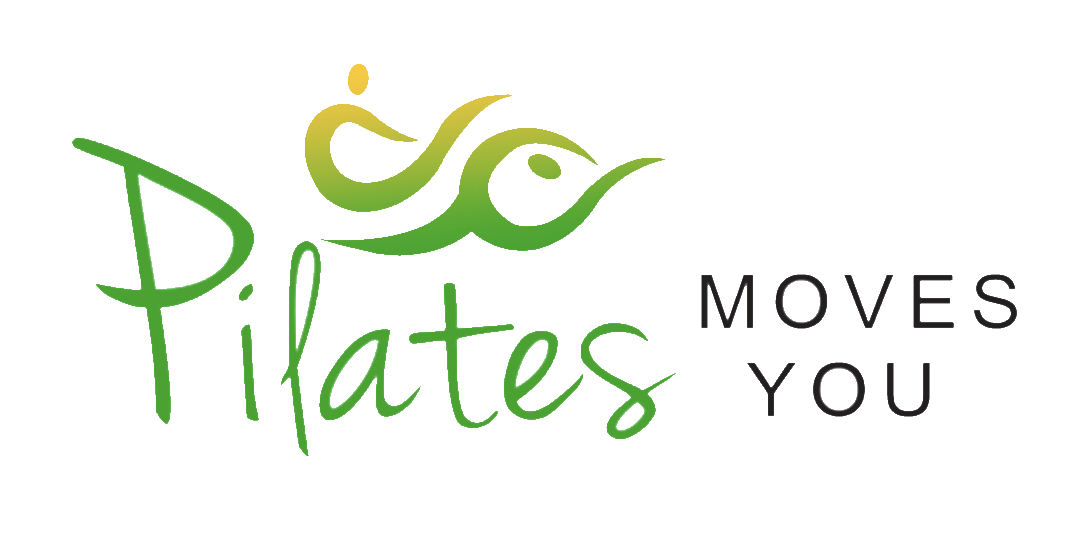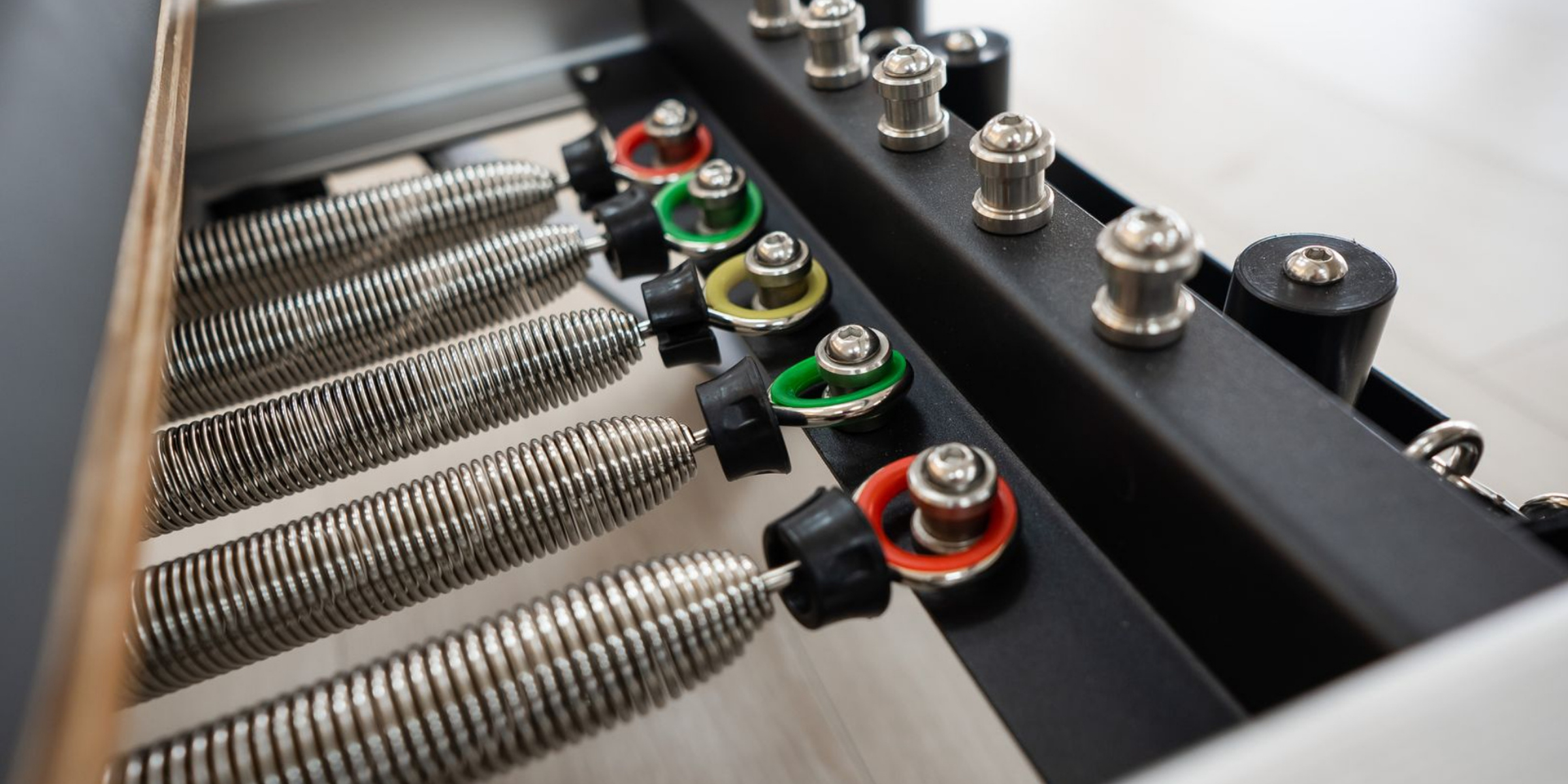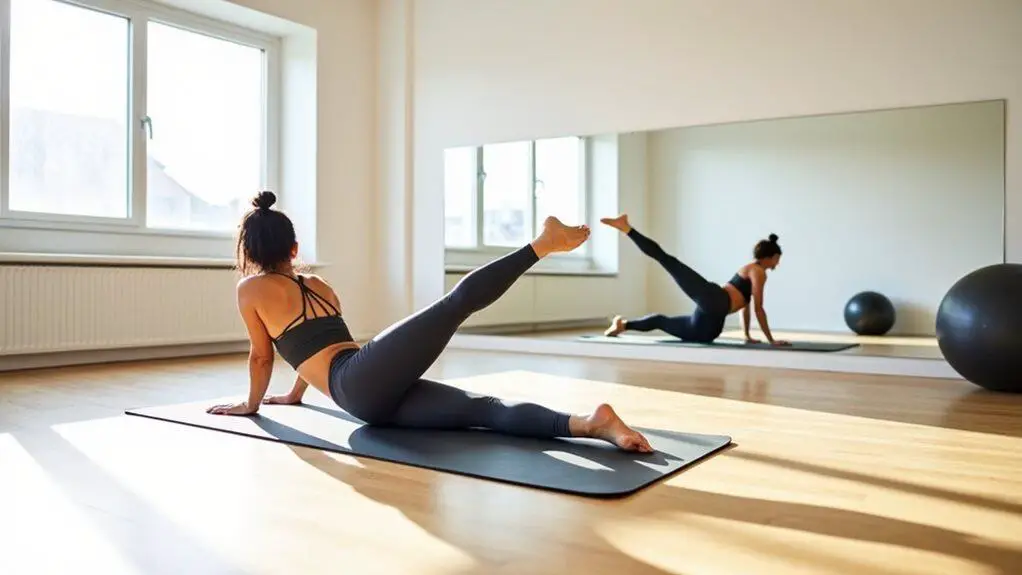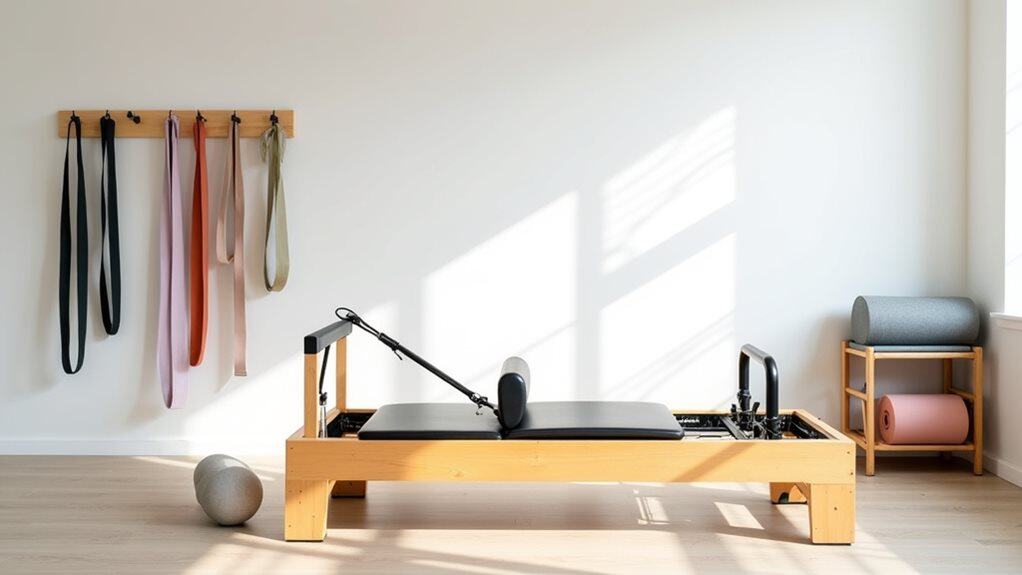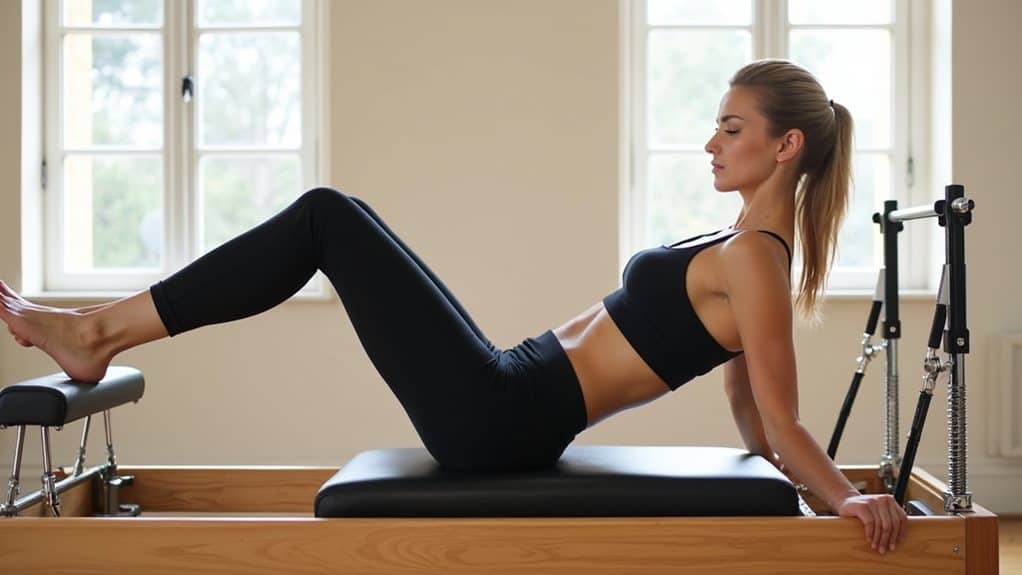Are you new to Pilates reformer and confused about the springs attached to the carriage? Don’t worry, you’re not alone.
The springs on a Pilates Reformer provide resistance and tension to the exercises performed on the machine. The springs are color-coded to indicate their level of resistance, with lighter colors representing less resistance and darker colors representing more resistance. The tension of the springs can be adjusted to accommodate different levels of strength and ability.
The springs provide varying levels of resistance and can make a significant difference in your workout. Understanding which springs to use can seem overwhelming with different colors, weights, and placements.
In this blog post, we will take a closer look at the springs on a Pilates reformer, their purposes, and how to choose the right ones for your workout. Get ready to improve your control, stability, and confidence during Pilates exercises using the right springs tailored to your body and skill level.
What are Pilates Reformer Springs?
Pates reformers are large pieces of equipment designed to facilitate the Pilates method. They consist of a rectangular frame with a padded platform called the carriage that can slide up and down the length of the frame using hidden runners.
One of the most important components of the Pilates reformer is the springs. These springs provide resistance during exercises, and altering the spring tension can make a particular exercise more or less challenging.
These coils provide tension during exercises and are located on the carriage of the reformer. As the user pushes or pulls the carriage, the springs provide resistance that can vary based on spring setting and carriage movement, allowing users to engage deeper muscles and achieve better balance.
If you’ve never seen a reformer in action, here is a workout I did using my reformer for my YouTube channel.
Most standard reformers feature four to six springs, labeled in various colors based on resistance. Determining the appropriate spring tension is important for performing exercises with control, stability, and confidence.
It’s essential to find appropriate spring tensions based on factors such as height, weight, and skill level. If needed, seek assistance from a Pilates instructor to determine the ideal spring settings for your body type and skill level. [1][2][3][4]
Benefits of Reformers with Springs
Pilates reformers are versatile workout machines that can help improve strength, flexibility, and balance. The use of springs on reformers enhances the effectiveness of exercise movements by controlling the resistance. There are many advantages to using reformers with springs, including the control of movement and resistance.
One of the most significant benefits of the Pilates reformer is its ability to adjust the tension of each spring. The tension can be customized based on an individual’s skill level and weight, making it ideal for people of all fitness levels. Additionally, the use of springs can enhance stability exercises, making them more challenging and improving overall balance.
Reformers with springs are also highly effective due to their efficiency. Unlike traditional gym equipment, reformers with springs do not take up much space but still provide a wide range of resistance options. This means that they can be used by individuals in small spaces or even at home.
Another great advantage of the reformer with springs is that they allow for the exercise of deep muscles that are often neglected in traditional workouts. This results in increased muscular strength, improved range of motion, and better posture. Overall, the efficiency and wide range of resistance on the reformer make it an excellent addition to an exercise routine.
The main goal of the springs is to allow for controlled movements and proper alignment, with the added benefit of building strength and muscle tone. By providing resistance, the springs challenge the muscles throughout the entire range of motion, making the exercises more effective.
Different color springs, varying in resistance, allow for customization according to the individual’s needs.
Perfect spring tension is crucial to ensure stability, control, and confidence during workouts. Spring resistance options are dependent on factors like height, weight and skill level, so seeking guidance from a certified Pilates instructor is recommended to optimize workouts. [5][6]
Different Types of Pilates Springs
Pates reformer springs vary based on a few different factors, including color coding, number of springs, and placement within the gear.
Color coding helps you determine which springs are heavy, medium, or light resistance:
- Very Light Resistance = Yellow Spring
- Light Resistance = Blue Spring
- Medium Resistance = Red Spring
- Heavy Resistance = Green Spring
It’s important to note that the function of springs can vary between manufacturers even if the colors are identical.
Similarly, the number of springs and their placement can affect the feel and performance of your workout. Some reformers will have four or five springs with varying resistance, while others have four springs that are all the same resistance and color.
Gratz® Reformers are similar to the original equipment first used in Pilates, and Peak Pilates® Reformers include five springs that vary in resistance based on their color. Additionally, some reformers utilize cords instead of springs for resistance. [7][8]
Types of Pilates Reformers
Reformers come in different types, shapes, and sizes. Choosing the right one can help you get the most out of your Pilates journey.
They come in various types, each with its own unique spring system. Here are some examples of popular reformer types and their springs:
- Balanced Body Reformers: They have five springs that are color-coded to signify different resistance levels. The colors are yellow, green, blue, red, and purple, with yellow being the lightest and purple being the heaviest.
- Gratz Reformers: Similar to the original Pilates equipment, Gratz Reformers have four springs of equal resistance.
- Peak Pilates Reformers: These come with five springs that vary in resistance based on their color, similar to Balanced Body Reformers.
- Merrithew Reformers: They consist of five springs of mixed resistance that are color-coded, but without a specific level of resistance for each color.
- AeroPilates Reformers: These use bungee cords instead of springs for resistance, with black cords of equal tension.
When choosing the appropriate spring tension, it’s important to consider various factors such as your height, weight, and skill level. Be sure to seek assistance from a Pilates instructor if needed to ensure proper use and safety. [9][10]
Number of Springs Per Reformer
While most reformers have four or five springs, some models may have more. As mentioned above, each spring is color-coded to indicate the level of resistance. It’s important to know the significance of the number of springs and how it can affect your Pilates exercises.
The number of springs can affect a reformer’s range of motion and resistance capability. Reformers with more springs have a wider range of motion and can provide more resistance for challenging exercises. On the other hand, reformers with fewer springs offer a smaller range of motion and less resistance. This can be beneficial for individuals seeking greater precision and control in their movements.
For Pilates studios, having a mix of reformers with different numbers of springs can accommodate clients with varying skill levels, body mass, and fitness goals. Reformers with more springs can be ideal for advanced or large-bodied clients who need a higher level of resistance. Meanwhile, a reformer with fewer springs can be suitable for beginners or those with physical limitations.
In choosing the ideal reformer machine, consider the number of springs in relation to the exercises that you or your clients prefer. For instance, leg press exercises require heavier spring resistance, while arm exercises may require lighter spring tension. Some reformer models also have individual or adjustable spring settings, allowing for greater flexibility in modifying the level of resistance.
Final Thoughts
In conclusion, Pilates Reformers with spring systems are an excellent way to add resistance and challenge to your Pilates exercises.
The springs come in different types and sizes, each providing its own level of resistance. Knowing the difference between colored springs and their corresponding levels of resistance can help you or your clients get the most out of your Reformer exercise or classes.
With its low impact movements, Pilates is a great way to improve strength and flexibility as well as connect mind and body for everyday life.
